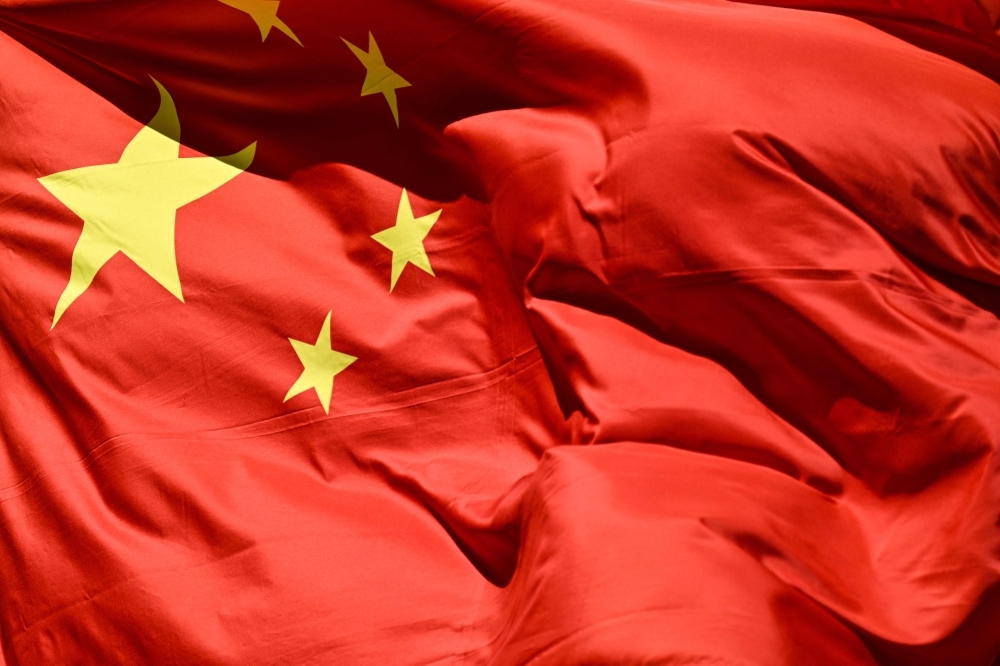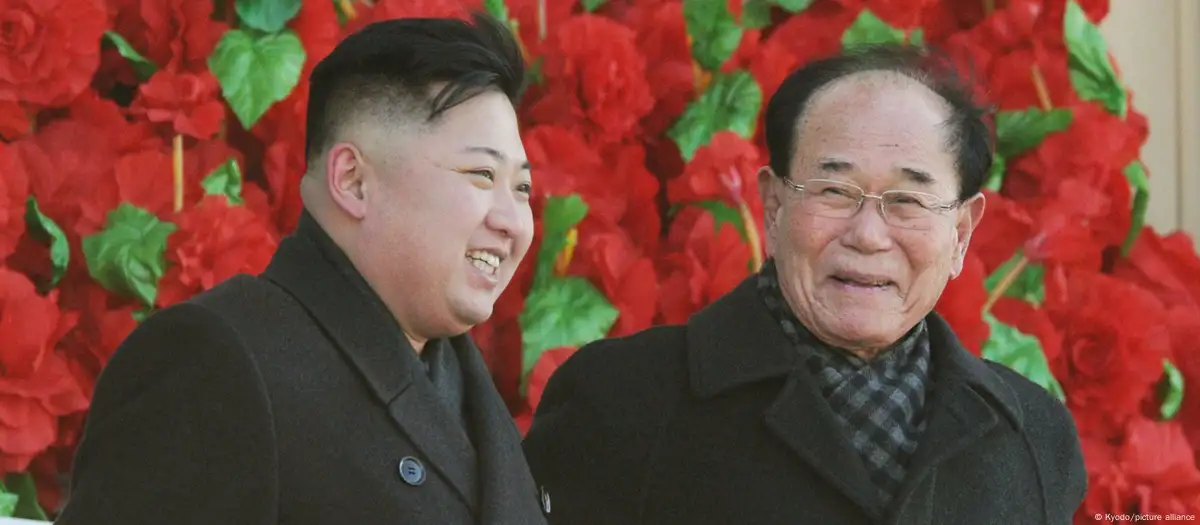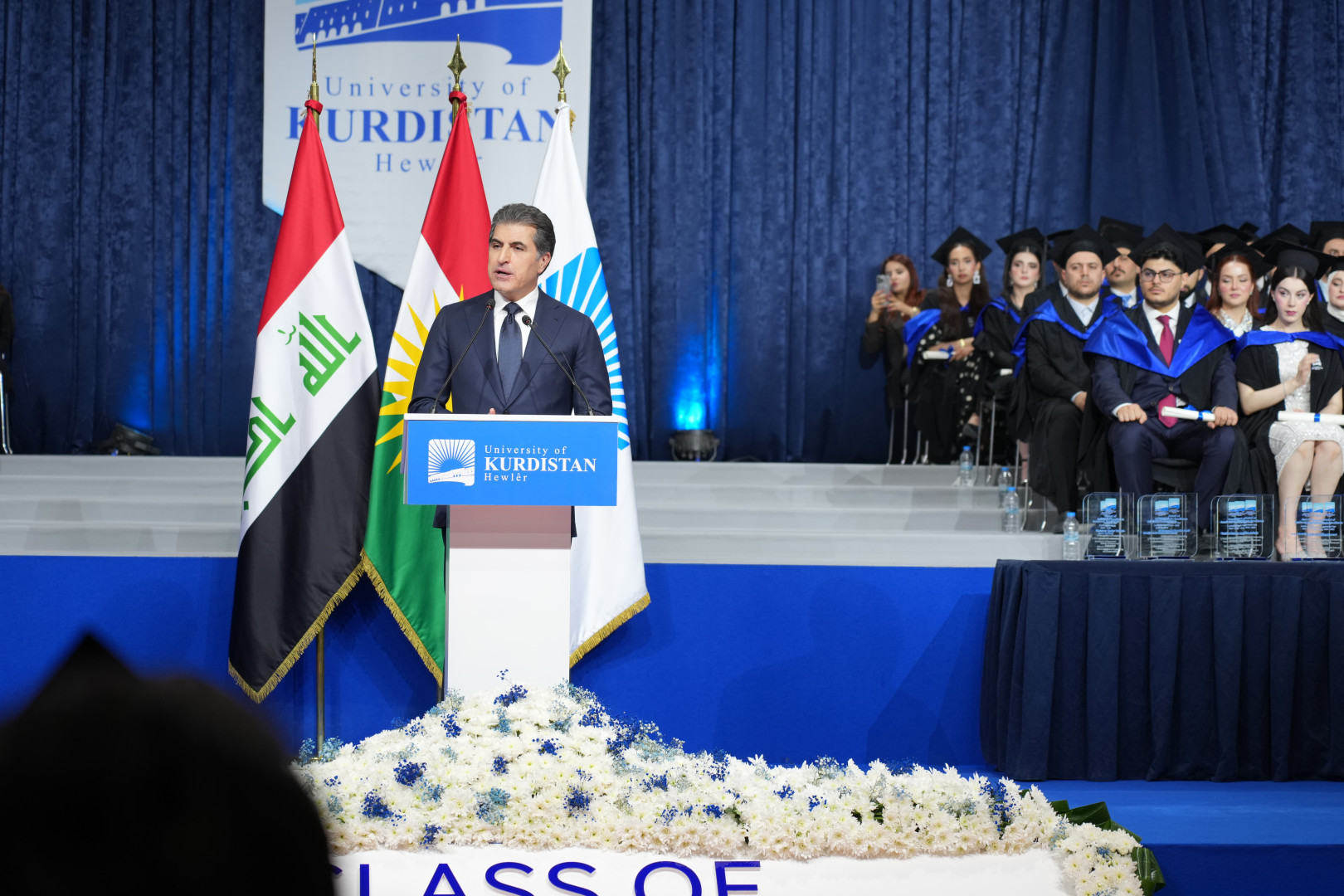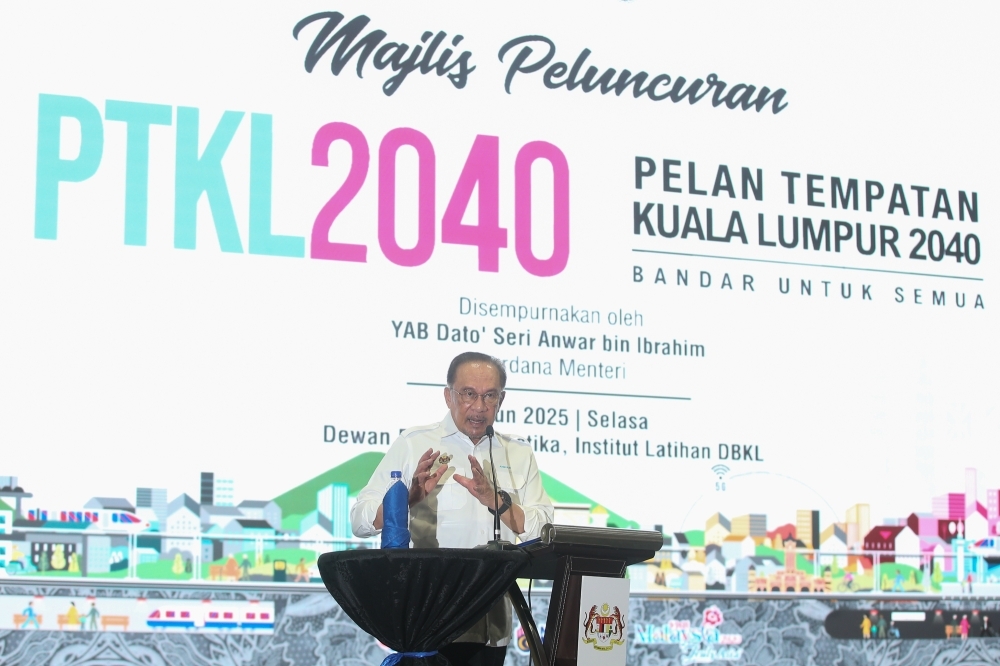One nation, one language? Beijing steps up Mandarin drive to cement ethnic unity

BEIJING, Sept 10 — China’s top legislature has begun reviewing two draft laws that aim to tighten national cohesion by promoting ethnic unity and mandating greater use of standard Mandarin across society, South China Morning Post reported today.
The draft “Law on Promoting Ethnic Unity and Progress”, submitted to the National People’s Congress Standing Committee two days ago was described by state news agency Xinhua as “an urgent requirement to foster a strong sense of community among the Chinese nation and advance the construction of a unified national identity”.
A separate draft revision to the “Law on the Standard Spoken and Written Chinese Language” seeks to standardise Mandarin use across public services, schools, international communication and digital platforms.
“The national standard spoken and written language, formed through interactions among all ethnic groups, is a fundamental element of Chinese culture and a key symbol of the nation, just like the flag, anthem and emblem,” Xinhua said.
The latest push follows a political bureau meeting chaired by President Xi Jinping last month, which stressed the need to “strengthen the common ideological and political foundation of ethnic unity, uphold the party’s leadership, and follow the correct Chinese path to solving ethnic issues”.
Analysts say the legislative moves form part of Xi’s long-running strategy, first introduced in 2014, to build what Beijing calls “a sense of community of the Chinese nation”.
Critics, however, argue the assimilation drive risks eroding local cultures, pointing to Inner Mongolia’s compulsory Mandarin instruction in schools and restrictions on minority art and language.
Barry Sautman, a specialist on China’s ethnic minorities at the Hong Kong University of Science and Technology, said the draft “seems to show intent to ensure that all documents, packaging, public displays, et cetera are made in the national language”.
“It does not seem to preclude, however, that these forms of communication be bilingual where necessary,” he told South China Morning Post.
[Source: Malay Mail]












































